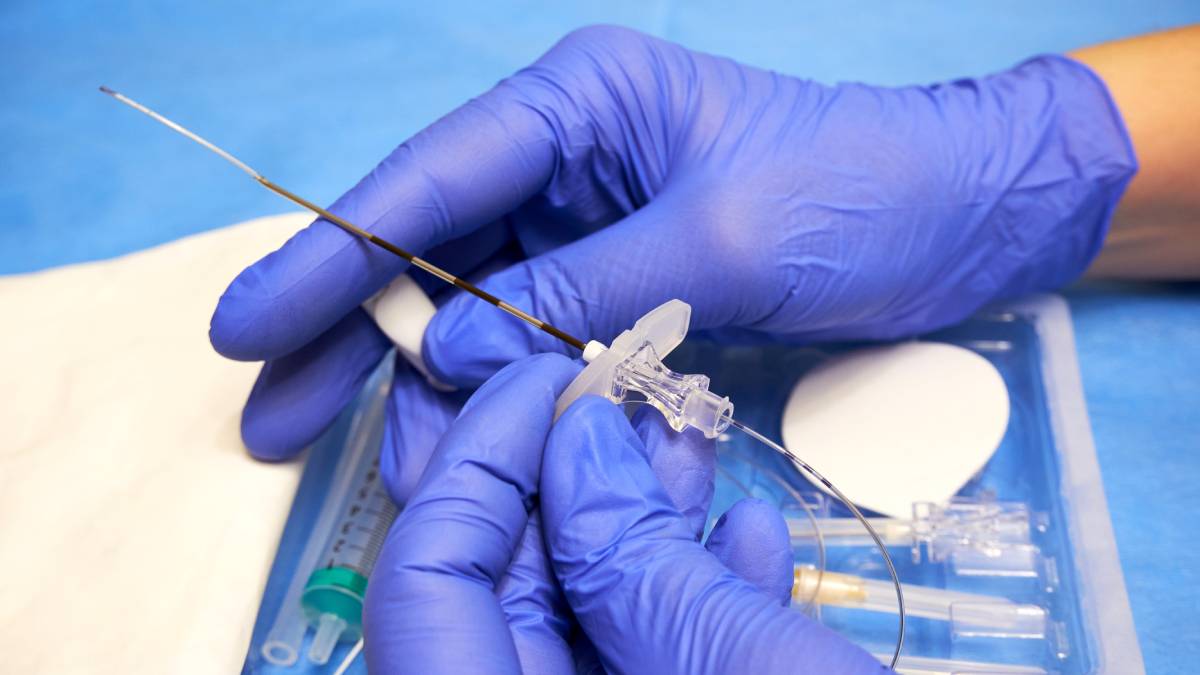Opioids have long been integral to the practice of anesthesia, playing a crucial role in managing pain before, during, and after surgical procedures. These powerful medications interact with the body’s opioid receptors, blocking pain signals and inducing analgesia. Their powerful effects are accompanied by high levels of risk, particularly for dependence and even substance abuse. Despite this, the role of opioids in anesthesia remains large.
Before surgery, opioids can be administered to patients to ensure they are comfortable and pain-free during the procedure. This preoperative analgesia helps alleviate anxiety and prevent the amplification of pain responses during surgical stimulation. Short-acting opioids, such as fentanyl or remifentanil, are often administered intravenously for their rapid onset and short duration of action.
During surgery, the role of opioids is to provide analgesia and maintain patient comfort as part of the anesthesia regimen. They can be delivered through various routes, including intravenous administration or inhalation via anesthesia machines. Opioids not only relieve pain but also reduce the stress response associated with surgical stimuli, helping to maintain stable hemodynamics. Commonly used opioids in the intraoperative setting include fentanyl, sufentanil, and morphine.
Balanced anesthesia refers to the practice of combining multiple drugs to achieve optimal anesthesia, and opioids are often an essential component of this approach. By incorporating opioids into the anesthetic regimen, lower doses of other anesthetic agents, such as inhalational anesthetics or intravenous anesthetics, can be used. This synergy helps minimize the side effects and risks associated with higher doses of individual agents. Opioids contribute to the overall depth of anesthesia and provide superior pain control, allowing for smoother intraoperative and postoperative periods.
Following surgery, opioids have a continuing role in anesthesia and are frequently employed for postoperative pain management. They help alleviate pain, improve patient comfort, and facilitate early mobilization and recovery. Opioids may be administered through various routes, including intravenous, oral, transdermal, or patient-controlled analgesia (PCA) pumps, which allow patients to self-administer predetermined doses within safe limits. However, it is important to balance pain relief with the potential side effects of opioids, such as respiratory depression, sedation, and constipation.
While opioids have a valuable role in anesthesia practice, it is crucial to ensure patient safety when administering these medications. Healthcare providers must closely monitor patients for signs of opioid-induced respiratory depression, especially when using high doses or when opioids are combined with other sedative agents. Continuous monitoring of vital signs, including oxygen saturation and respiratory rate, is essential to promptly detect any adverse reactions. Additionally, healthcare providers should be aware of the potential for opioid dependence, tolerance, and the risk of opioid-related adverse events, particularly in patients with a history of substance abuse.
In recent years, there has been a growing emphasis on opioid-sparing techniques in anesthesia practice. The aim is to reduce the reliance on opioids while still effectively managing pain. This approach involves using multimodal analgesia, which incorporates non-opioid medications, such as nonsteroidal anti-inflammatory drugs (NSAIDs), local anesthetics, and adjuvant medications. By utilizing multiple agents with different mechanisms of action, lower doses of opioids can be used, reducing the potential for side effects and opioid-related complications.
In conclusion, opioids play a vital role in anesthesia, providing effective analgesia and pain management before, during, and after surgical procedures. They contribute to patient comfort, help maintain stable physiological parameters, and promote early recovery. However, the administration of opioids should always be accompanied by vigilant monitoring and adherence to patient safety protocols. As anesthesia practices continue to evolve, the incorporation of opioid-sparing techniques offers promising avenues to strike a balance between effective pain control and minimizing the risks associated with opioid medications.

